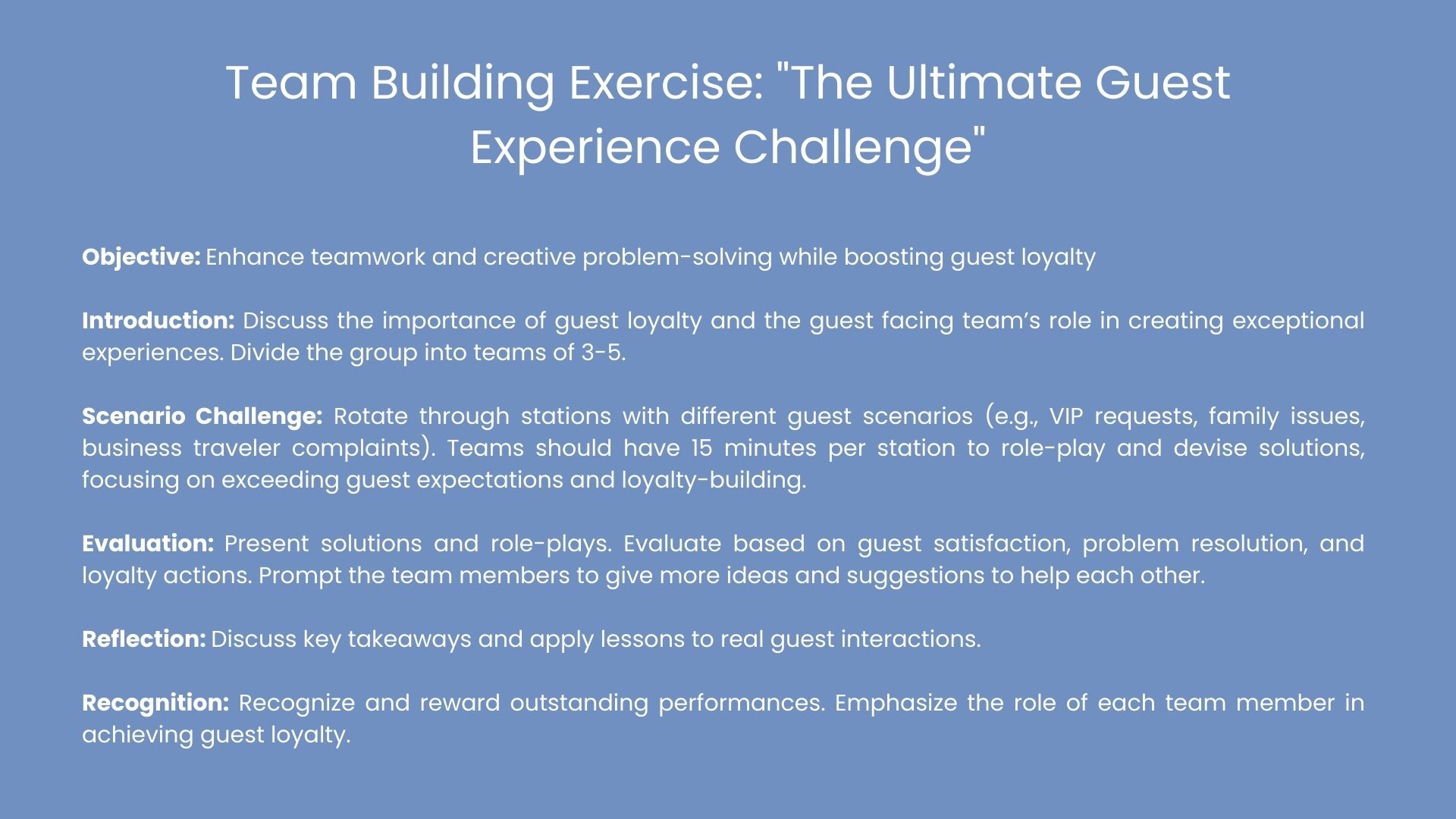A Revenue Management Perspective
In the highly competitive hospitality industry, hotel loyalty programs are more than just a marketing tool; they are a cornerstone of revenue management strategies. These programs offer a symbiotic blend of customer retention and revenue optimization, providing both tangible and intangible benefits to hotels. From a revenue management perspective, the effective design and execution of a loyalty program can drive profitability, enhance customer lifetime value, and foster brand loyalty. Here’s how:
1. Customer Retention and Increased Revenue
One of the primary objectives of a hotel loyalty program is to enhance customer retention. Loyal guests are more likely to return to the same hotel brand for their future stays, providing a stable revenue base. According to various industry studies, it is significantly less expensive to retain an existing customer than to acquire a new one. Loyal customers often spend more per stay and are more likely to book directly through the hotel’s website, bypassing costly online travel agencies (OTAs).
By analyzing booking patterns and stay frequencies of loyalty members, hotels can tailor their pricing strategies to encourage more frequent stays. For example, offering a discount or a special promotion to frequent guests during their off-season can help smooth out demand and increase revenue during slower periods.
Click THIS LINK for an article published by Amadeus Hospitality that talks more about the term – Guest Loyalty. In the below diagram, we capture a part of their article that you can use as a quarterly group exercise to keep your team members engaged:

2. Enhanced Data Collection and Personalization
Hotel loyalty programs generate valuable data on guest preferences, booking habits, and spending patterns. This data is a goldmine for revenue management. By leveraging this information, hotels can create personalized offers and targeted promotions that are more likely to resonate with individual guests.
For instance, if a loyalty program reveals that a guest frequently books suites, the hotel can offer targeted upgrades or special suite packages during their next stay. This not only enhances the guest experience but also increases the likelihood of higher revenue per booking. Personalization driven by loyalty program data also helps in optimizing room rates and improving overall pricing strategies.
To know more about how email marketing goes together with loyalty programs, read THIS ARTICLE
3. Dynamic Pricing and Inventory Control
Revenue management relies heavily on dynamic pricing, and loyalty programs can play a critical role in this aspect. By analyzing loyalty program data, hotels can implement more sophisticated dynamic pricing strategies. For example, hotels can use loyalty status as a variable in their pricing algorithms, offering exclusive rates or promotions to higher-tier members.
Moreover, loyalty programs allow hotels to better manage inventory by encouraging members to book directly through the hotel’s website or app. This direct booking reduces the reliance on OTAs, which often charge high commissions. By offering loyalty points or perks for direct bookings, hotels can shift a larger portion of their reservations away from third-party channels, thereby increasing their revenue margins.
In this article inspired and published by IDeaS, you can learn more about how loyal customers tend to exhibit certain behavior patterns when patronizing their preferred hotels, resulting in more revenue compared against non-loyal customers:
4. Cross-Selling and Upselling Opportunities
Loyalty programs also open opportunities for effective cross-selling and upselling. Members who have already shown a preference for a particular hotel or brand are more receptive to additional offers. Hotels can use loyalty program insights to craft tailored upsell offers, such as room upgrades, exclusive access to amenities, or special packages.
For example, a hotel might offer a special deal on spa services or dining experiences to loyalty members during the booking process or as a post-booking offer. These upsells can significantly enhance the average revenue per guest and improve overall profitability.
5. Strengthening Brand Equity and Market Position
A well-designed loyalty program can also bolster a hotel’s brand equity and market position. Strong brand loyalty leads to increased word-of-mouth referrals and positive reviews, which can attract new customers. From a revenue management standpoint, a robust loyalty program helps build a strong customer base that is less price-sensitive and more likely to choose the hotel over competitors.
Marriott’s Bonvoy Rewards Program invests heavily in sponsored content and PR, here’s a recent ARTICLE published by CNN – that talks about everything you need to know about the Marriott Bonvoy rewards program.
6. Strategic Partnerships and Ancillary Revenue
Loyalty programs provide opportunities for strategic partnerships with other businesses, such as airlines, car rental companies, or local attractions. These partnerships can create additional revenue streams and enhance the value proposition of the loyalty program. For example, a hotel chain might partner with an airline to offer frequent flyer miles as part of their loyalty rewards, thus creating a more attractive program for travelers.
One of the best examples of this would be to look at the fabulous partnerships offered by Dubai Tourism to all Emirates Airlines Loyalty Members. The Emirates Airlines website offers travelers direct access to booking hotels, sightseeing opportunities, restaurants and more; CLICK HERE to know more.

To conclude, Hotel loyalty programs are far more than a simple rewards system; they are a sophisticated tool for revenue management and strategic growth. By leveraging guest data, optimizing pricing strategies, and enhancing personalization, hotels can drive increased revenue, foster brand loyalty, and improve their market position. As the hospitality industry continues to evolve, the role of loyalty programs in revenue management will only become more critical, offering a pathway to sustainable profitability and long-term success.

